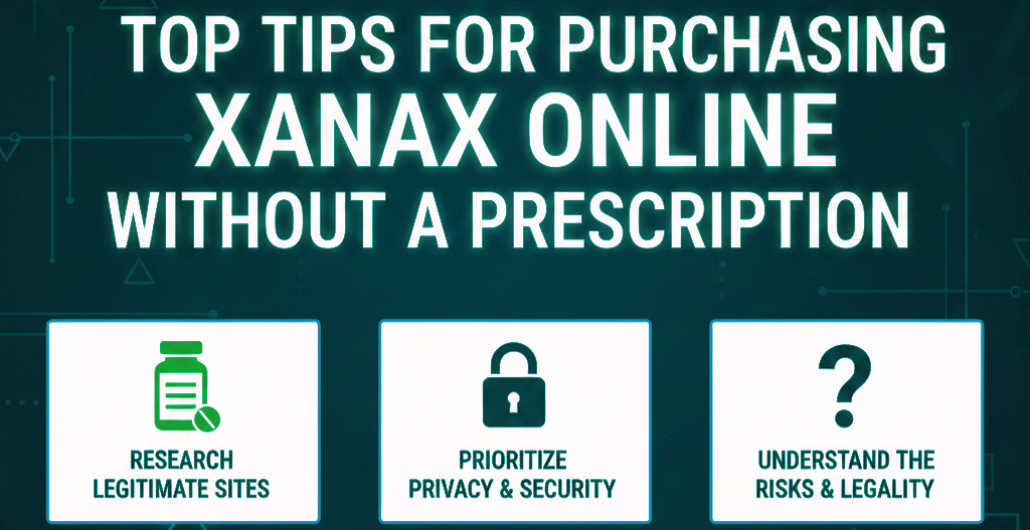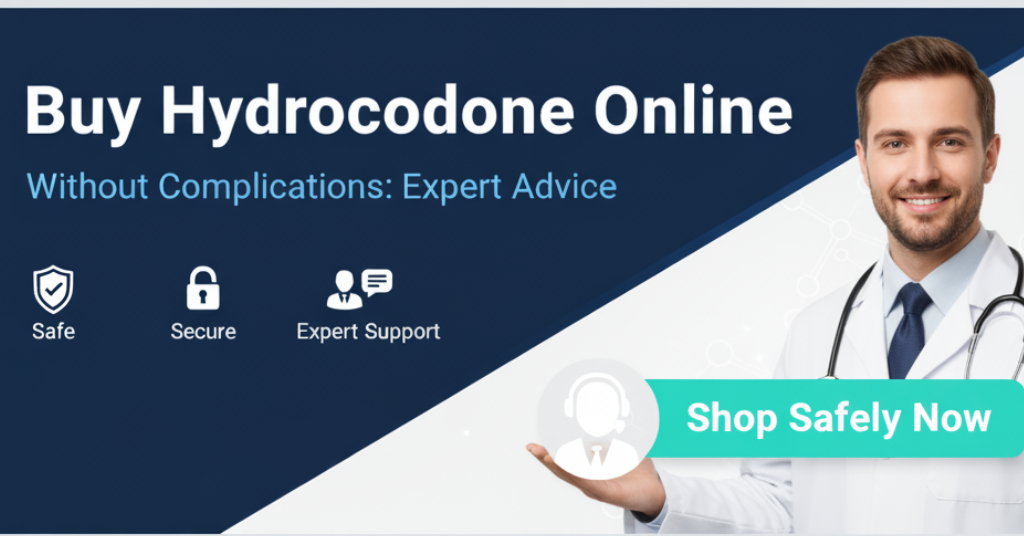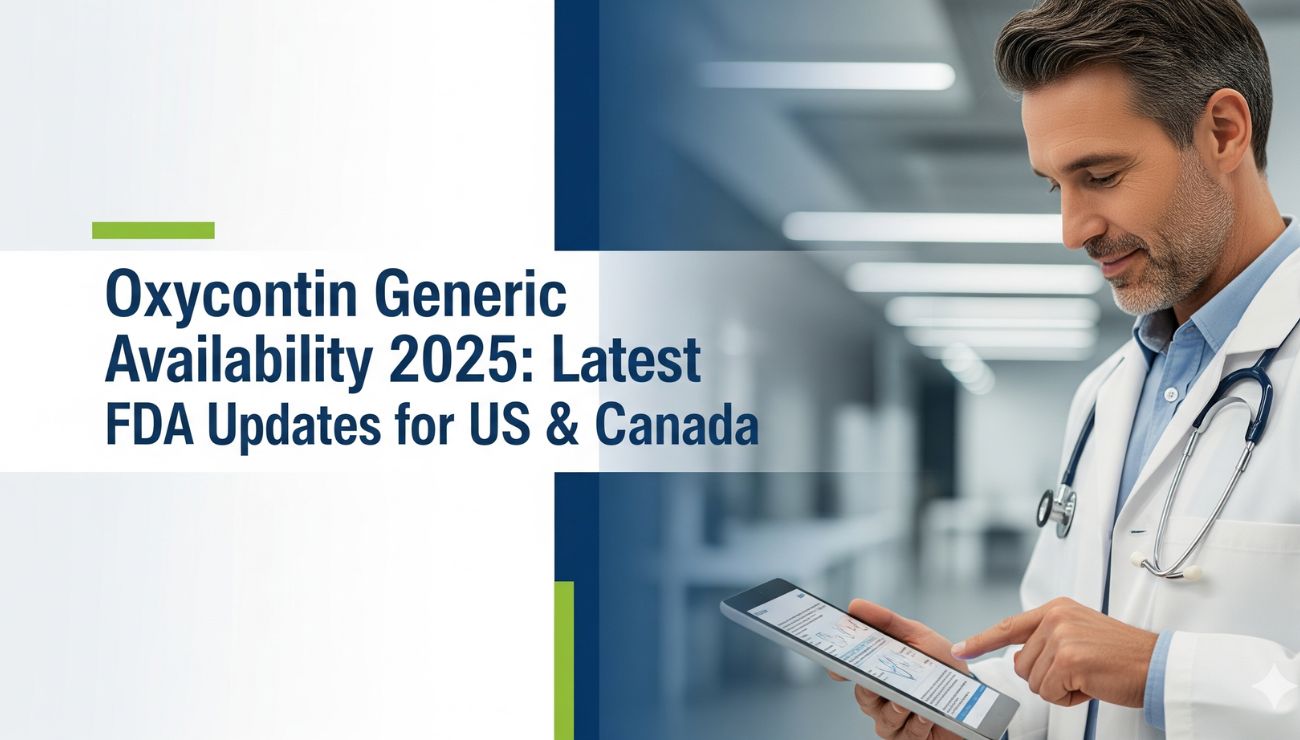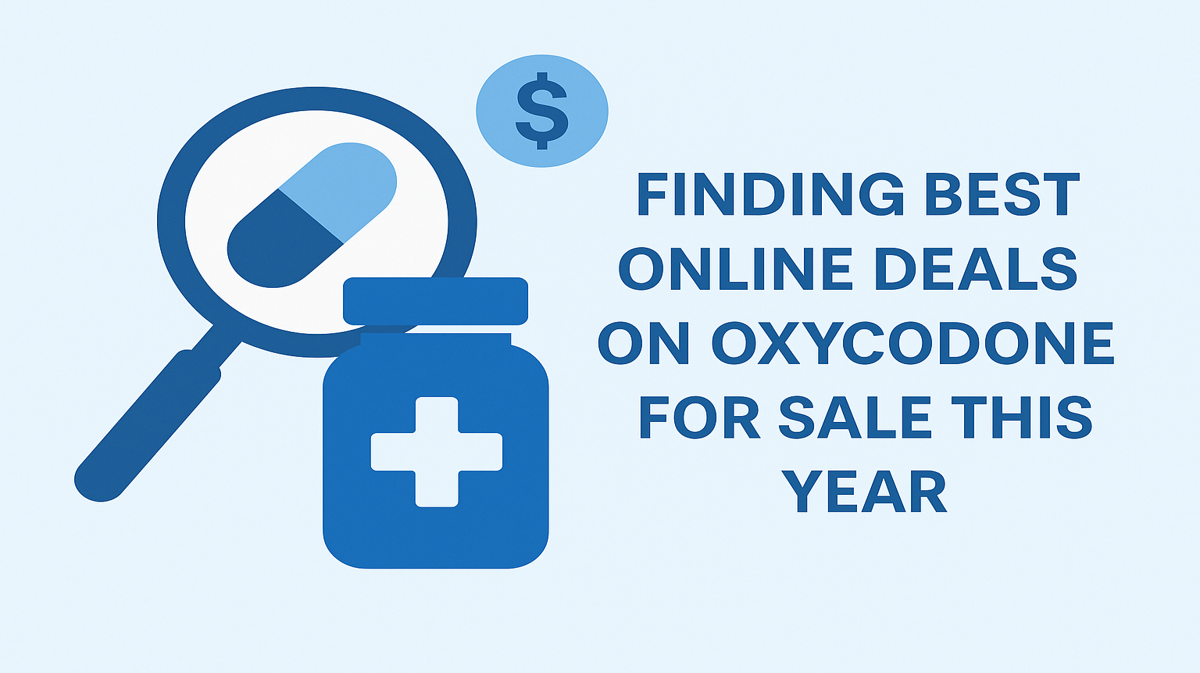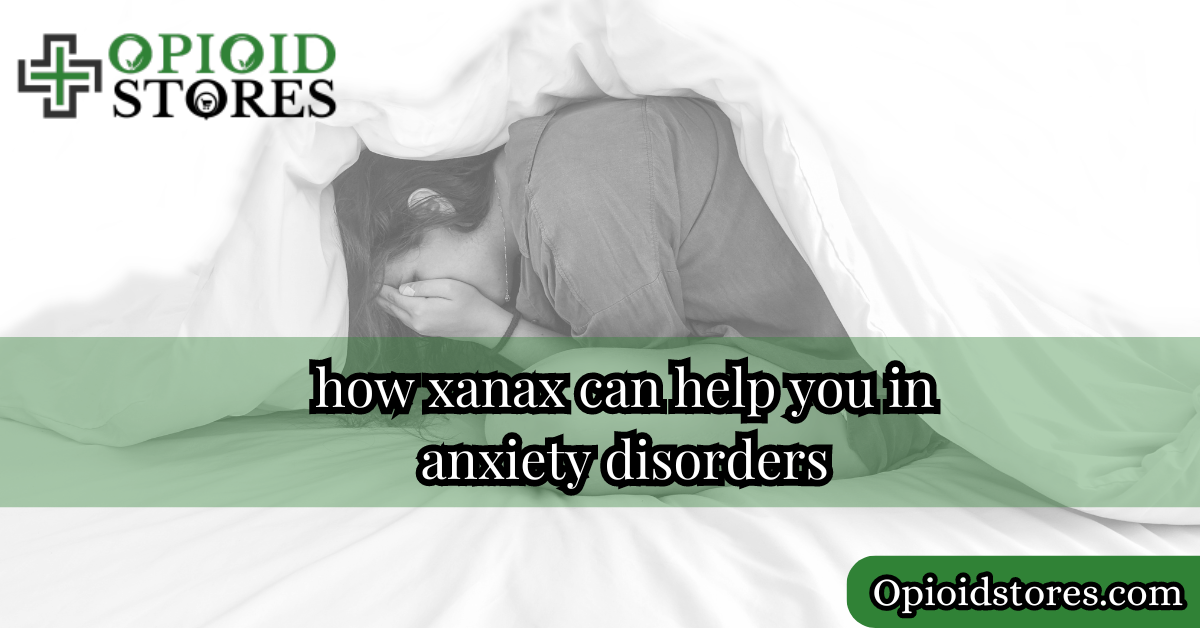Top Tips for Purchasing Xanax Online Without a Prescription
Purchasing Xanax online has become a common topic as more people explore digital pharmacies for convenience and privacy. However, since Xanax (alprazolam) is a prescription-only medication and a controlled substance, legitimate online pharmacies must require a valid prescription and follow…

